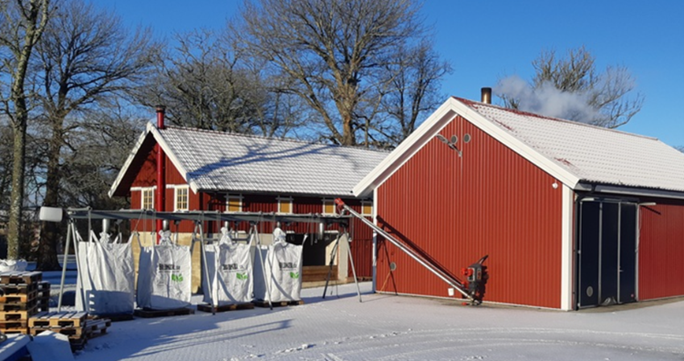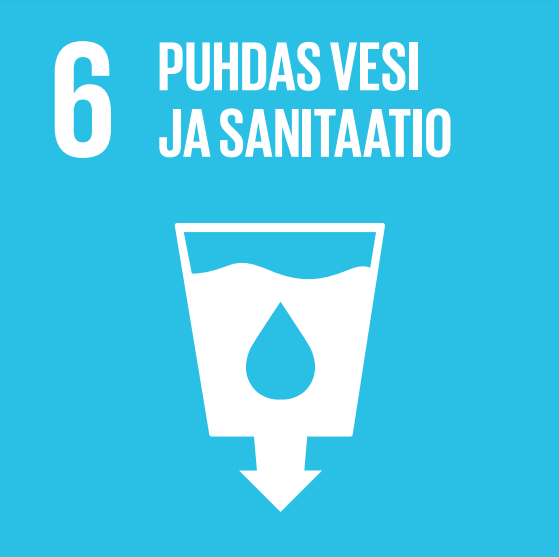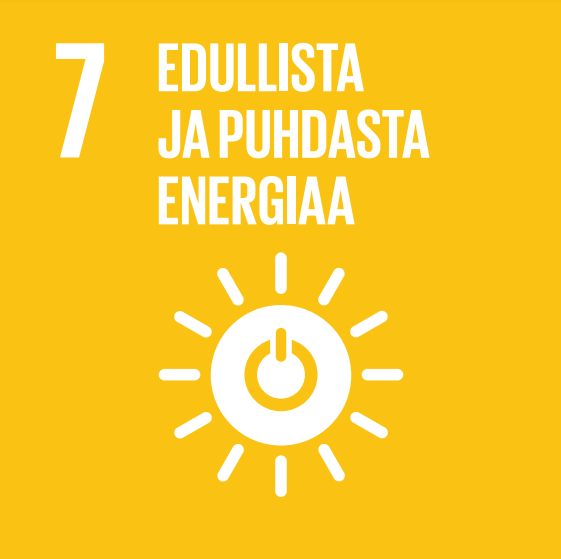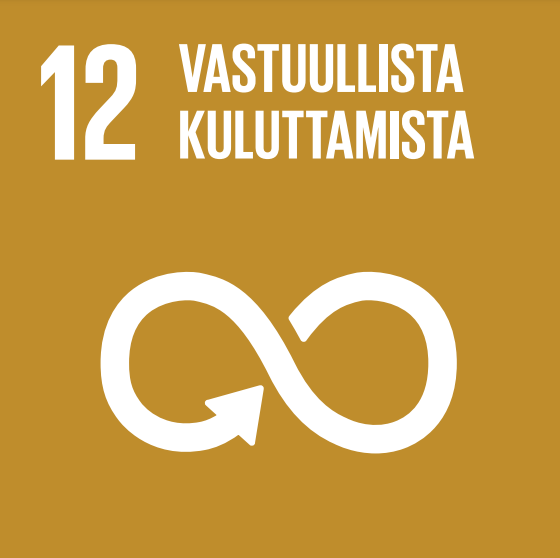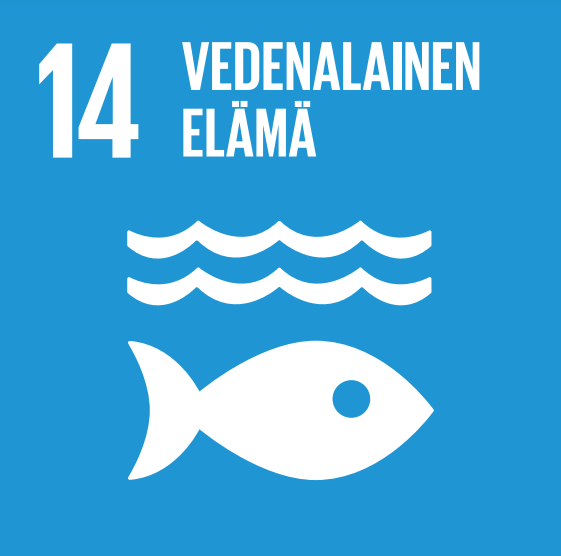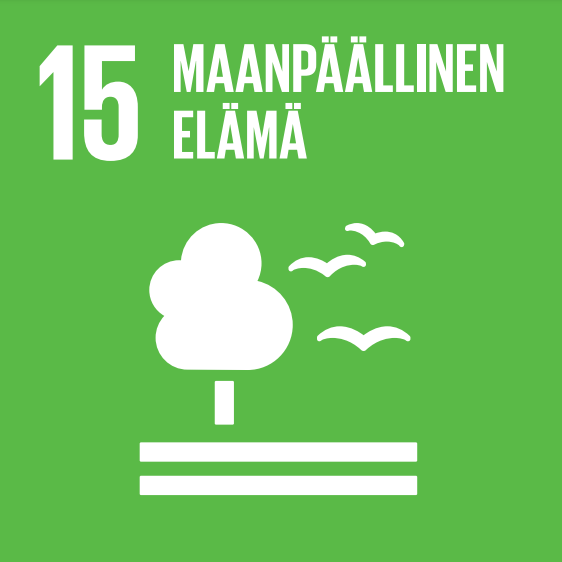Biochar is produced using the BIOMACON technology, which utilises side streams from local, FSC-certified forests as raw material. The material contains lignin, which makes it particularly suitable for the production of biochar. Correspondingly, due to lignin, the energy content of the material is lower than usual, which is why the side stream has few other uses.
The energy needed in the production comes directly from Hjelmsäter’s own solar panels, and the carbon content of one tonne of produced biochar is as high as 94%. Carbon circulates quickly in living nature and slowly in non-living nature – with this technology, carbon can be transferred and stored from a fast cycle to a slow one. Biochar can be used to increase the value or the environment because biochar binds water and nutrients well, which in turn improves the nutrient richness of the soil and creates better growing conditions for plants.
Benefits of the project:
- The project is carried out in an area where an insect called the European spruce bark beetle has damaged the trees. Damaged biomass can be utilised in the production of biochar, whereby the risk of forest fires caused by increased heat and drought is reduced as the spread of biomass damage to a larger area is prevented.
Biochar can be used in agriculture, for example, in which the need for nutrients can be reduced, and the crops can be made more resistant to varying weather conditions such as drought thanks to the good water retention capacity of biochar.
